
Wild Olive Bonsai Tree Bonsai
Welcome to Green Zen Bonsai! In this article, we'll dive into the enchanting world of bonsai olive trees. Discover the art and techniques behind shaping these unique trees into miniature masterpieces. Join us on an extraordinary journey of patience, precision, and tranquility. Let's explore the fascinating world of bonsai olive trees together.

131 best Olive Bonsai images on Pinterest Bonsai trees, Bonsai and Olive tree
The olive tree's small stature, naturally aged bark, and the gnarled and twisted appearance of their trunk and branches make it very conducive for bonsai. The European Olive produces flowers on its second year's branch growth. How To Take Proper Care Of Your Indoor Bonsai Tree Bonsai is the reproduction of natural tree forms in miniature.
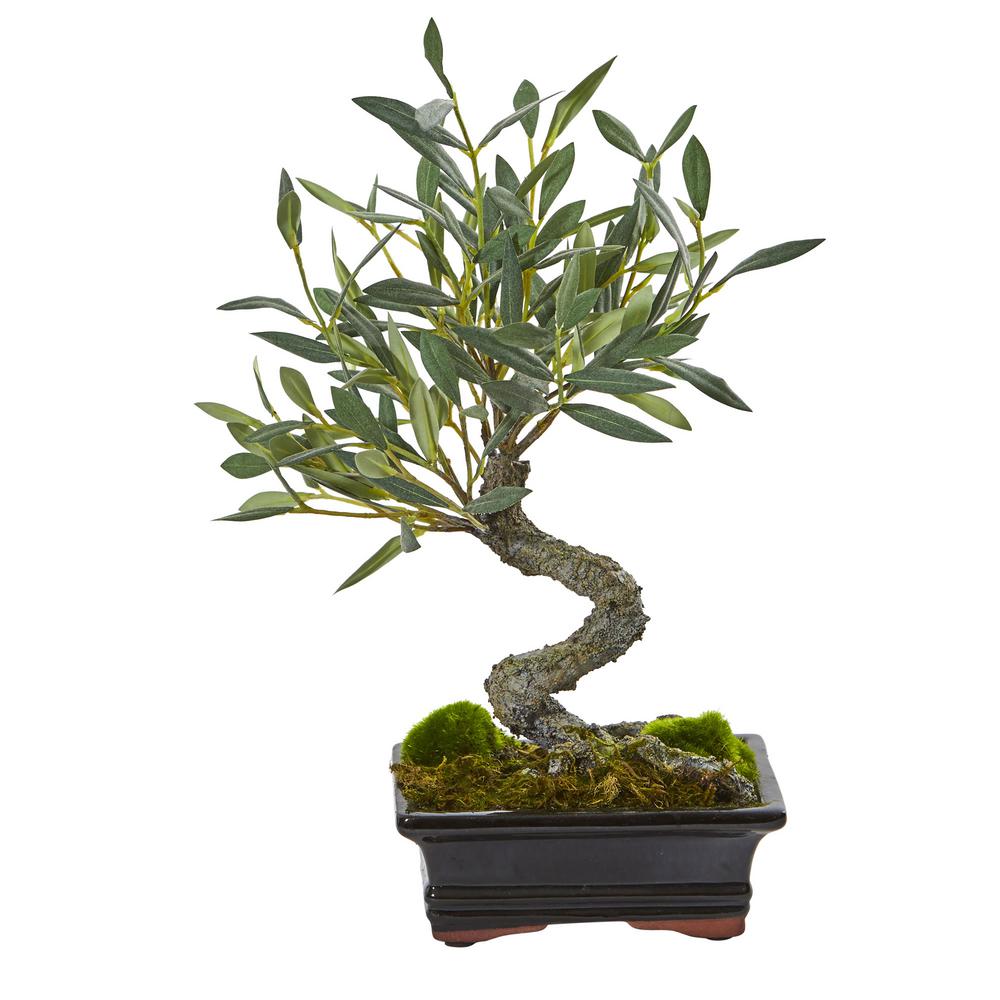
Nearly Natural Mini Indoor Olive Artificial Bonsai Tree4253 The Home Depot
Here are my tips for keeping your olive bonsai in top condition: Olive bonsai will need a lot of water in the summer. I recommend checking the soil at least twice a day. If it is dry on top, you need to add water to keep it moist. Your olive bonsai will need plenty of sunlight for that nutritional UV light.

newzealandteatreebonsai My First Wild Olive Bonsai
Davis monitors her bonsai students as they create their trees to make sure that they leave with a well seated tree ready for years of training and enjoyment. To learn more about The Olive Grove and their bonsai classes, click here. They are located in Brooksville at 15016 Rester Drive. If you're interested in the art of the bonsai but weren't.

130 best images about Olive Bonsai on Pinterest Trees, Bonsai trees and Olives
Caring for an olive bonsai tree involves several important steps to ensure the tree thrives and maintains its aesthetic appeal. In this section, we will discuss repotting the olive tree, as well as pest and disease control. Repotting the Olive Tree. Olive bonsai trees need to be repotted every 2-4 years.
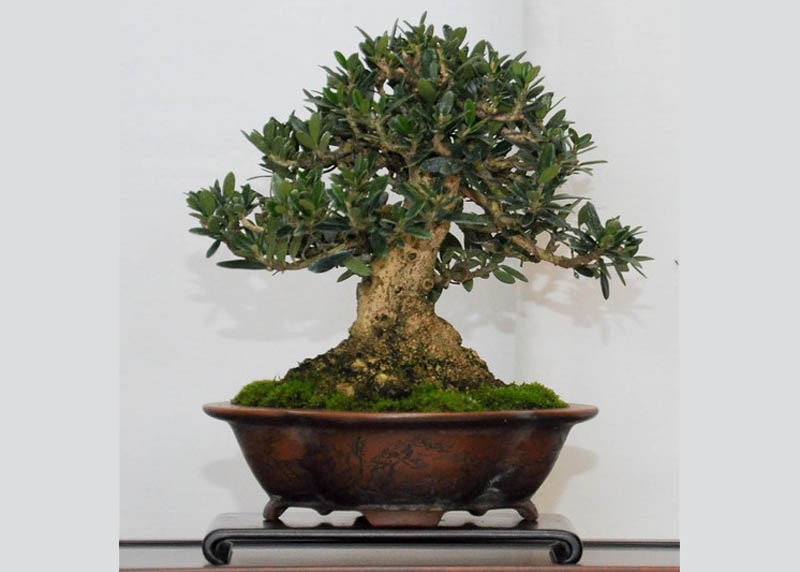
Care guide for the Olive Bonsai tree (Olea europaea) Bonsai Empire
The bonsai olive tree has a long history of use in the Mediterranean region, dating back to ancient Roman times. It is an attractive evergreen plant that can grow up to 6 feet tall and wide if it's trained correctly. The olive tree thrives at high altitudes where temperatures are cool year-round. Olive trees require little care, but they do.
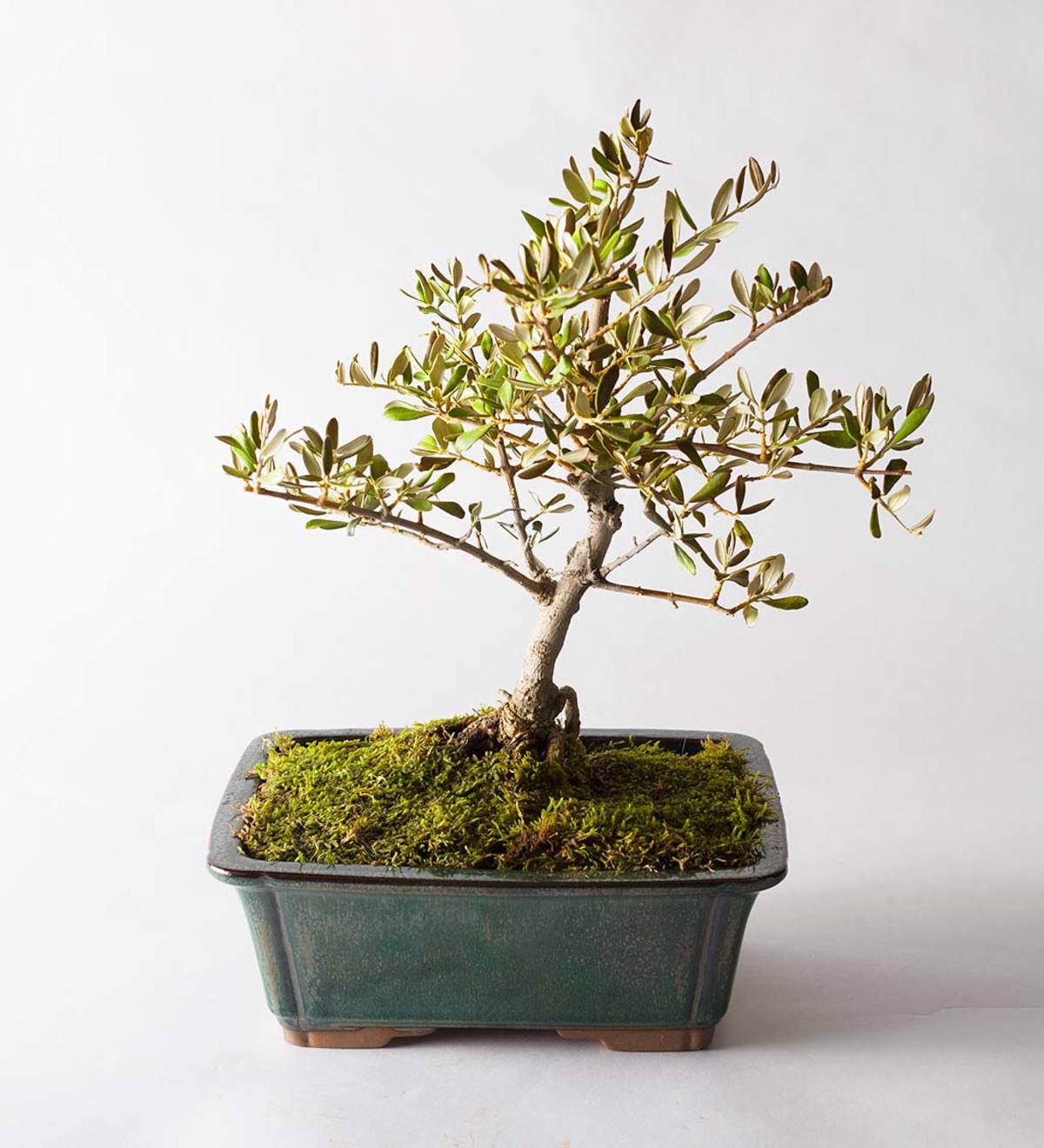
Olive Bonsai Tree Plants + Flowers Product Type VivaTerra
The recommended soil mix for olive bonsai trees is 50% akadama, 25% volcanic ash lava rock, and 25% pumice. Repotting frequency may vary based on the age of the tree, with younger trees requiring repotting every 3-4 years and older trees every 5-8 years. Proper repotting ensures the long-term health and vitality of your olive bonsai tree.

Tuscan Olive Bonsai Tree The Green Head
The Little Ollie Olive is a popular variety of bonsai due to its long and bright green foliage. Easy to care for as it enjoys direct natural sunlight and moderate watering. Pictured with optional 5" humidity tray, not included. Bonsai Specifications: - Age Range: 3-5 Years Old - Height: 10" - 12" Tall Potted - Pot: 6" Ceramic Bonsai Pot

Olive Bonsai Tree Bonsai tree, Bonzai tree, Olive tree bonsai
Main differences between olive bonsai and wild olive bonsai trees. The olea europea is known as olive tree or olive. One of its varieties is sylvestris, which is commonly called wild olive. The common olive tree has been gaining popularity in recent centuries due to its level of olive oil production. But in recent years, wild olive has.
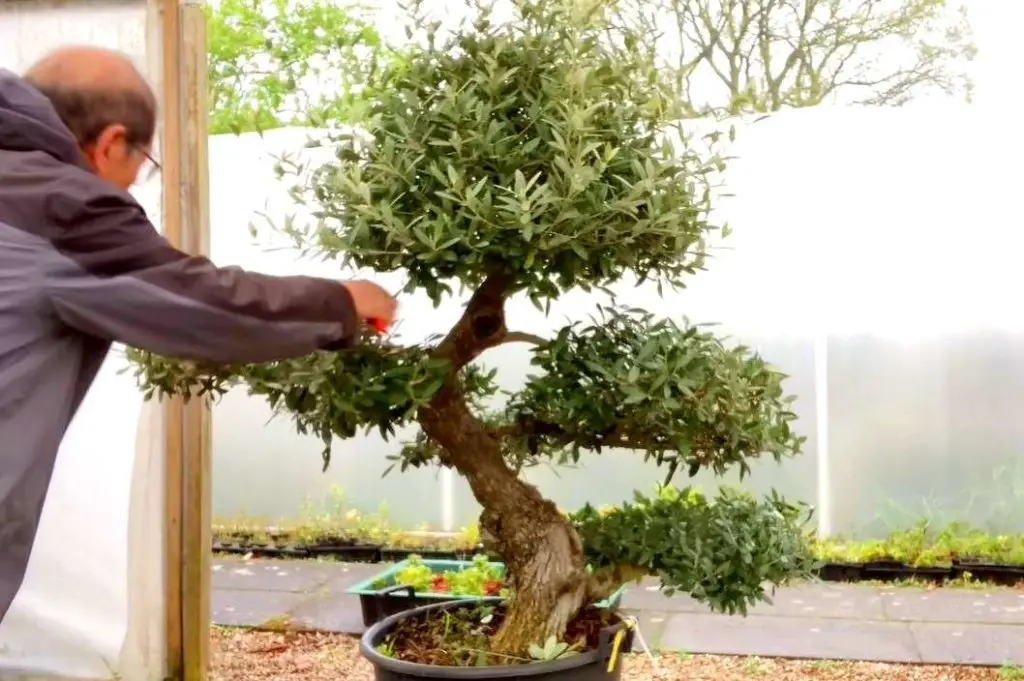
Bonsai Olive Tree Care Guide Indoor & Outdoor Care
Yes, you can grow an olive bonsai tree indoors. Olive trees are well-suited for bonsai cultivation and can be grown successfully indoors as long as certain growing conditions are met. Olive trees require a lot of light, so placing your bonsai near a south-facing window or using supplemental grow lights is essential. Additionally, maintaining a.

21 best images about Bonsai olive trees on Pinterest Trees, Bonsai trees and Olives
Best soil mix for olive bonsai. A good ratio would be the following: 50% akadama, 25% volcanic ash lava rock, 25% pumice. The potting soil must also be neutral between pH levels 6.5 to 7.5. Having potting soil that is too acidic or alkaline will potentially impact the nutrient flow of your olive tree bonsai.

Repotting an olive bonsai Bonsai Tonight
Free 2-day Shipping On Millions of Items. No Membership Fee. Shop Now!
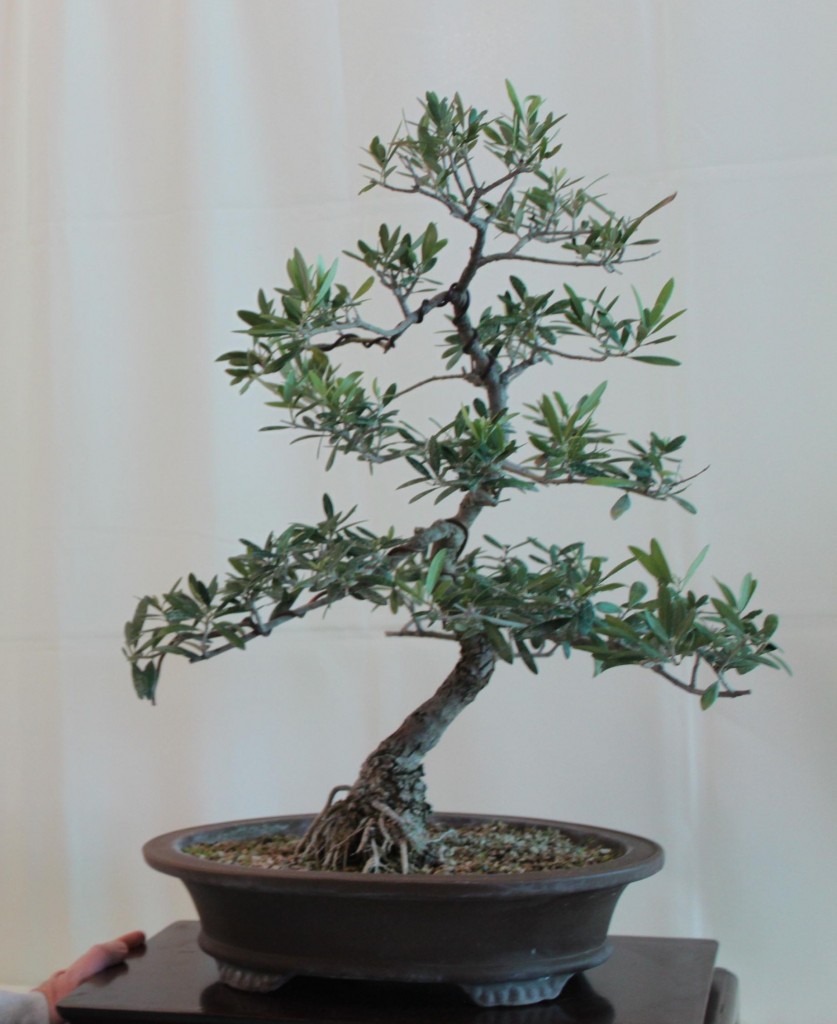
Olive Bonsai
Olive Bonsai Care guidelines. The olive bonsai needs a place with full sun which also helps to reduce the size of the leaves. It can withstand temperatures slightly below 0° C / 32° F but must be protected from stronger frost. It is best to place the olive tree in a cold greenhouse which is kept frost-free. If kept in a warm room in the house.

Black Olive Bonsai Tree Care Guide (Olea europaea) Bonsai Tree Gardener
To make olive tree into bonsai is pretty easy once you know generic principles and styling methods. But it takes years of pruning, wiring, repotting, and grafting in order to restrict olive tree growth. So one of the hardest skills to master in this process is patience. In fact, it helps that the olive tree is slow-growing, has a natural cup.

10PCS Rare Olive Bonsai Tree (Olea Europaea) Seeds Bonsai Fresh Exotic Tree Seeds Mini Olive
Olive Bonsai Tree Care involves specific techniques to maintain and promote the healthy growth of a miniature Olive tree. This form of horticulture includes regulating factors like light, water, soil, and temperature to suit the unique needs of a bonsai. It also embodies precise pruning, repotting, and training of the tree to ensure it thrives.

131 best Olive Bonsai images on Pinterest Bonsai trees, Bonsai and Olive tree
Black Olive Bonsai trees flourish in zones that receive plenty of full sun. Even as indoor plants, the trees require a significant amount of sunlight. Temperature. The trees grow best in zones 10B to 11. Ideally, the Black Olive tree should be kept in temperatures under 64 degrees during winter, but they should never be exposed to temperatures.